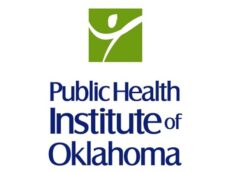In August, Health Resources & Services Administration (HRSA) released “A Guide for Rural Health Care Collaboration and Coordination.” This guide is an important resource for rural communities and offers lessons in collaboration, including how to identify measures to monitor progress and performance. Download it here.
In most communities, it is likely that the metrics to measure the success of a community program or initiative aren’t always in place before implementation. In fact, outcome measurement may not even be prioritized until it is ultimately needed. But, the HRSA Guide, suggests that “measures (of process, outcome, and impact) can guide performance improvement, allocation of resources, and sustainability.” (1) The guide offers the following questions to help guide the conversation with your partners:
- How can we measure success of the selected collaborative/coordinative strategy(ies) or solution(s)?
- What measures (e.g., process, outcome, impact) can help us monitor and inform implementation of strategies?
- Are there any measures already in use that can be leveraged?
- How often should organizations monitor and track performance?
- What level of effort is involved in reporting on these measures?
- Who will be responsible for data collection and reporting?
- U.S. Department of Health and Human Services, Health Resources and Services Administration, A Guide for Rural Health Care Collaboration. Rockville, Maryland: U.S. Department of Health and Human Services, 2019. Accessed here

County Health Rankings offers a ton or resources to guide your collaboration through evaluation. Click here to check out their ‘Prepare to Evaluate‘ activities.
Another great resource to reference is the User’s Guide to Advocacy Evaluation Planning from the Harvard Family Research Project. Check out Page 9 to help define your project and then Page 14 for example measures.
